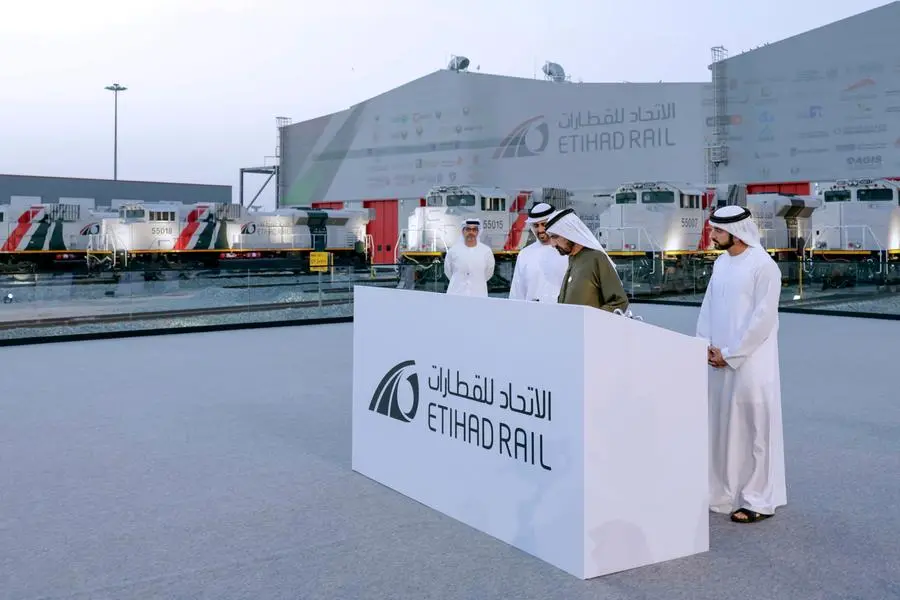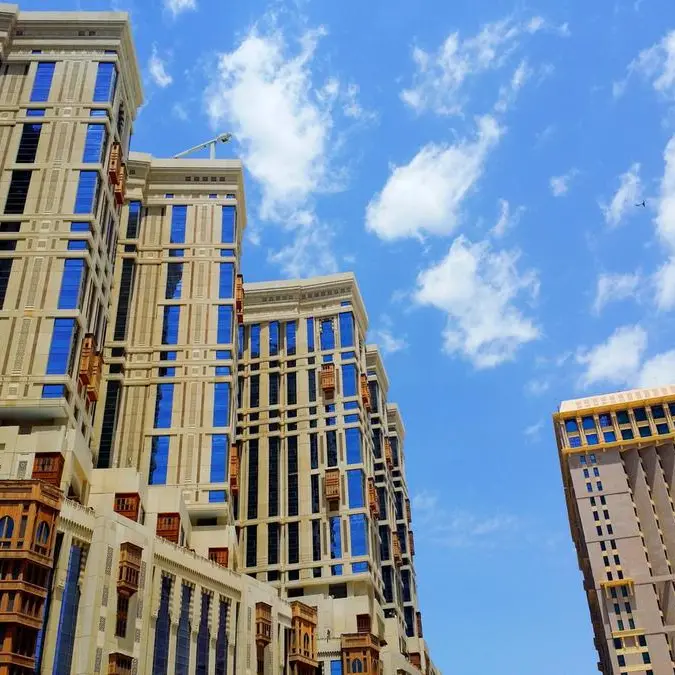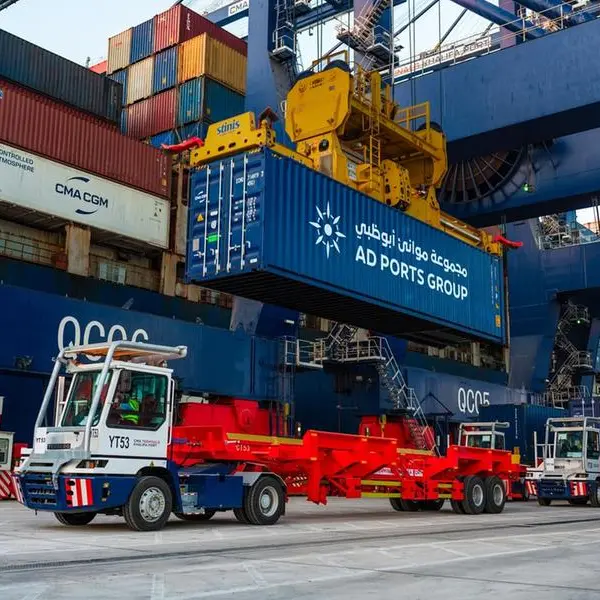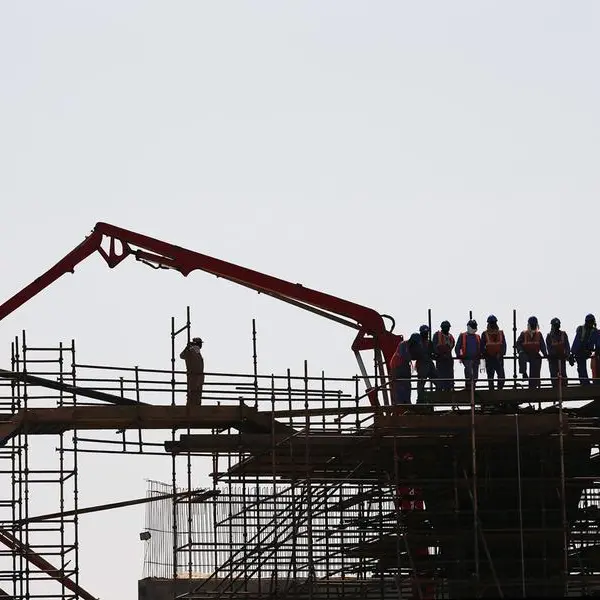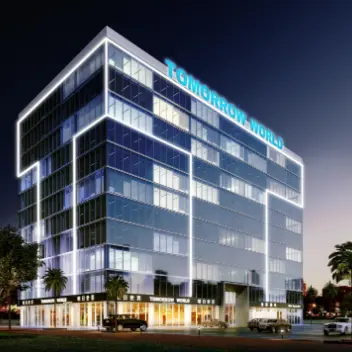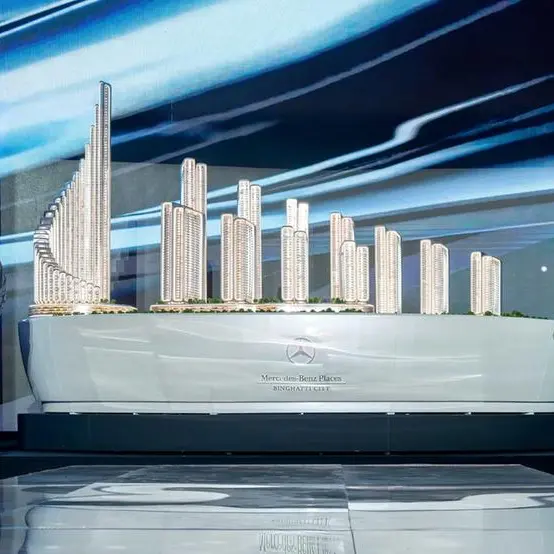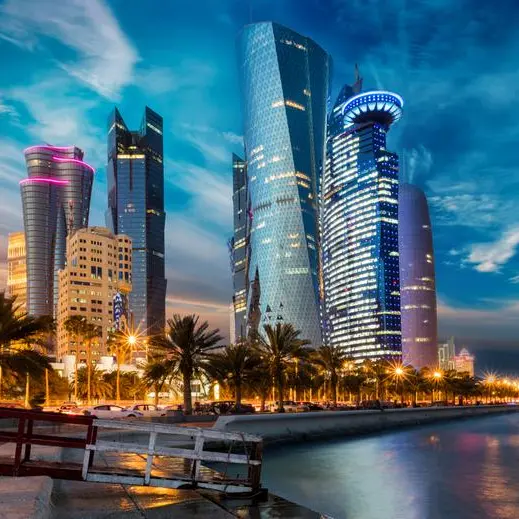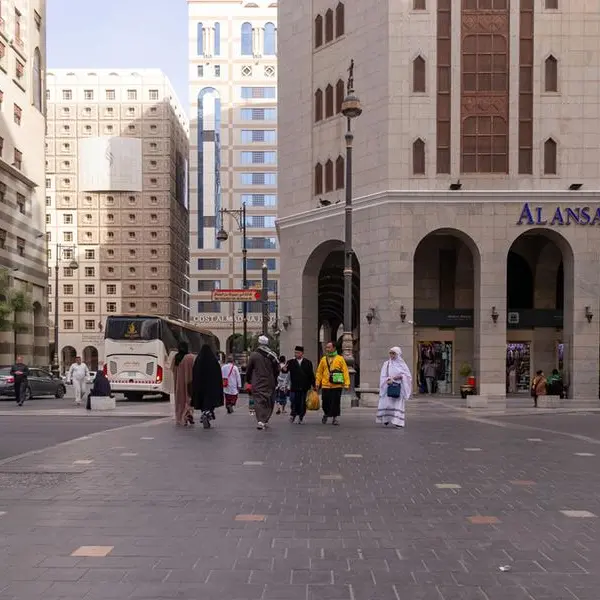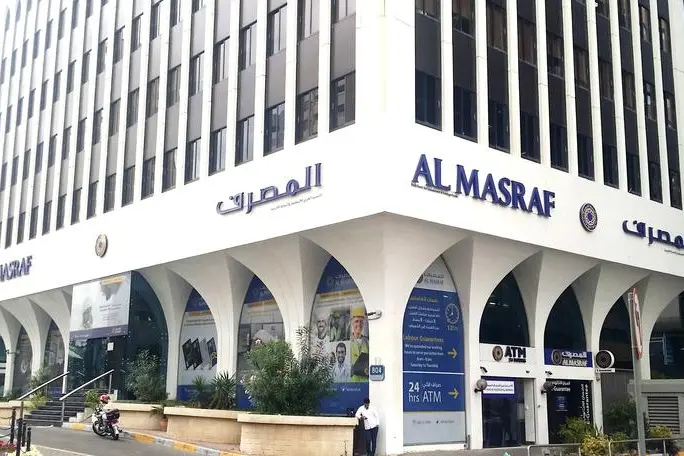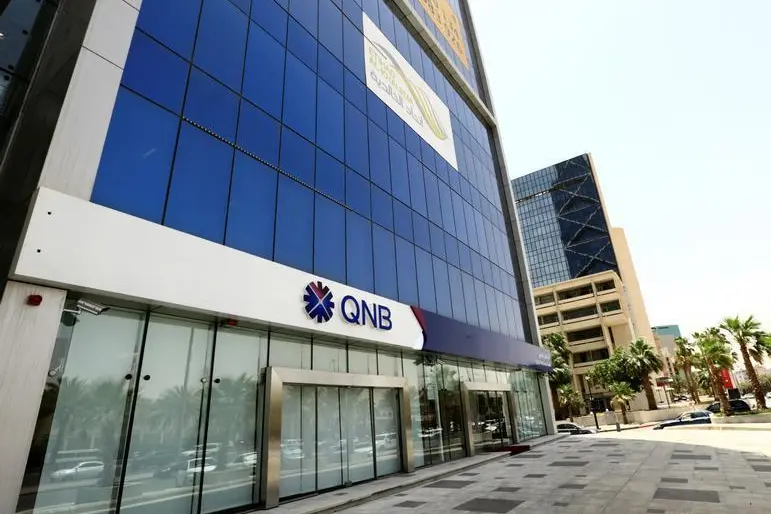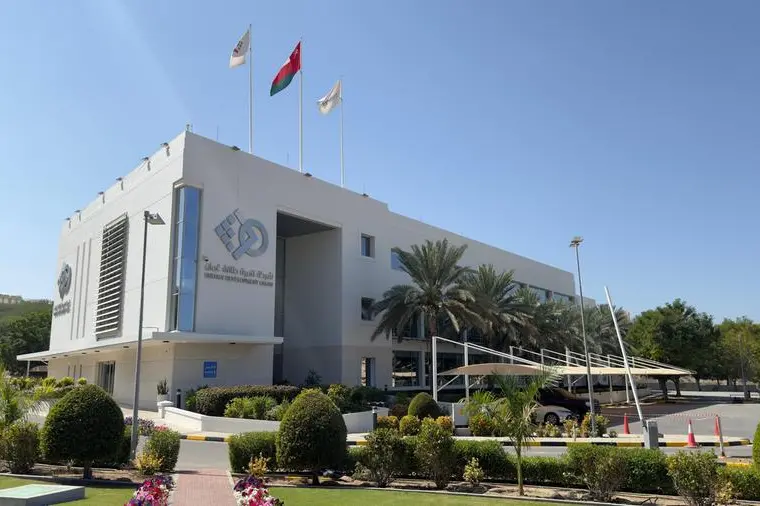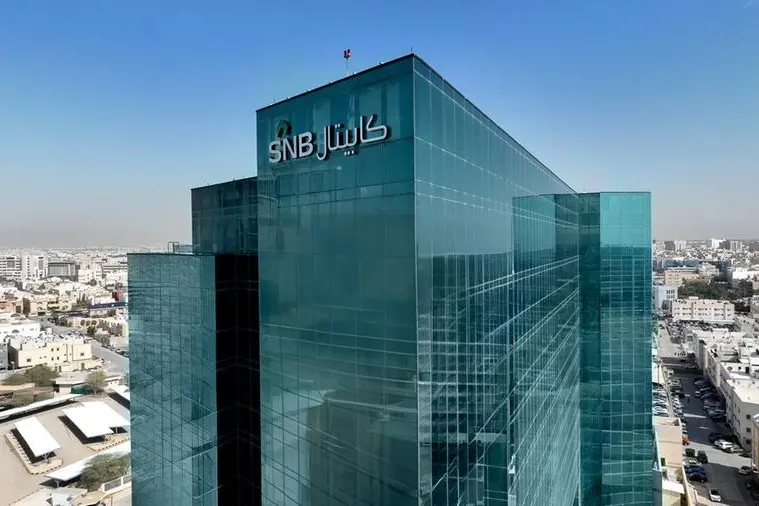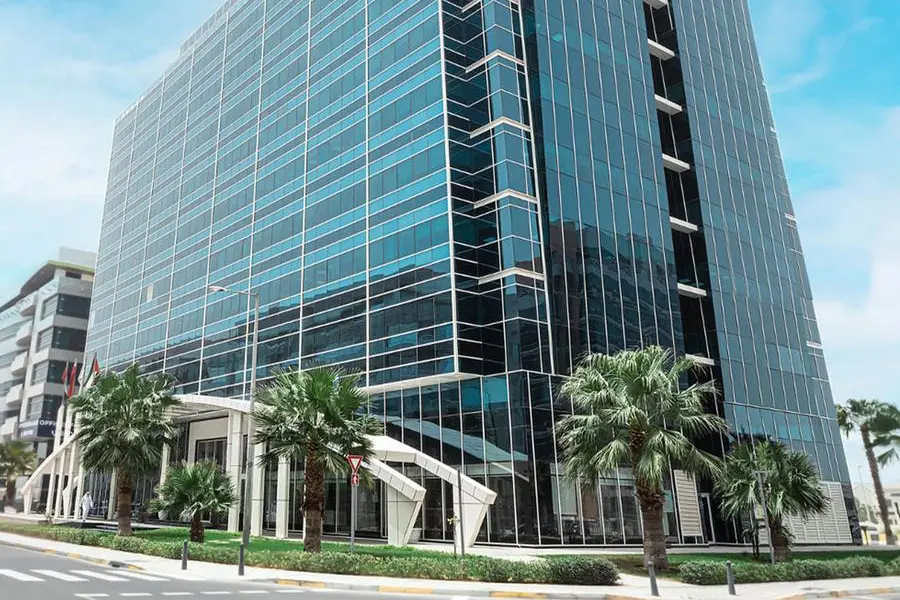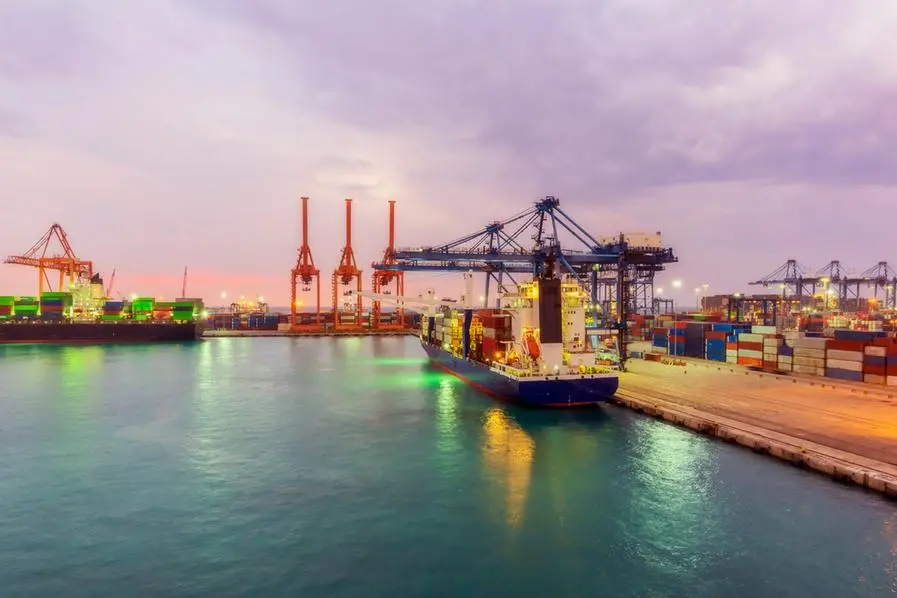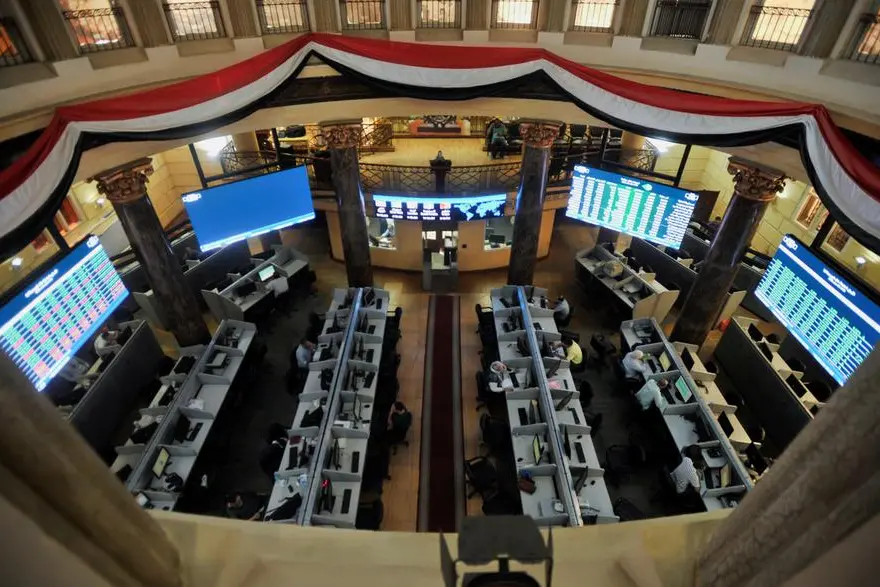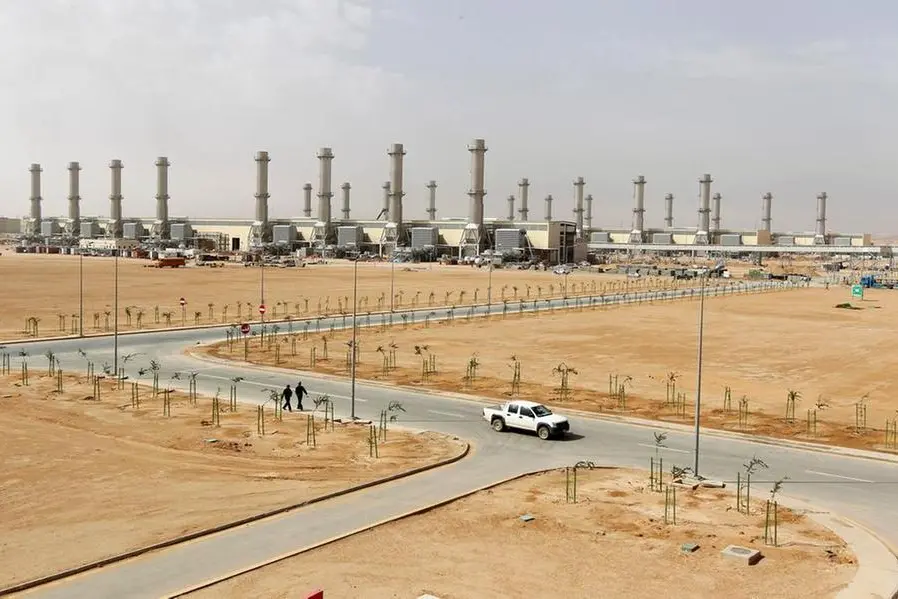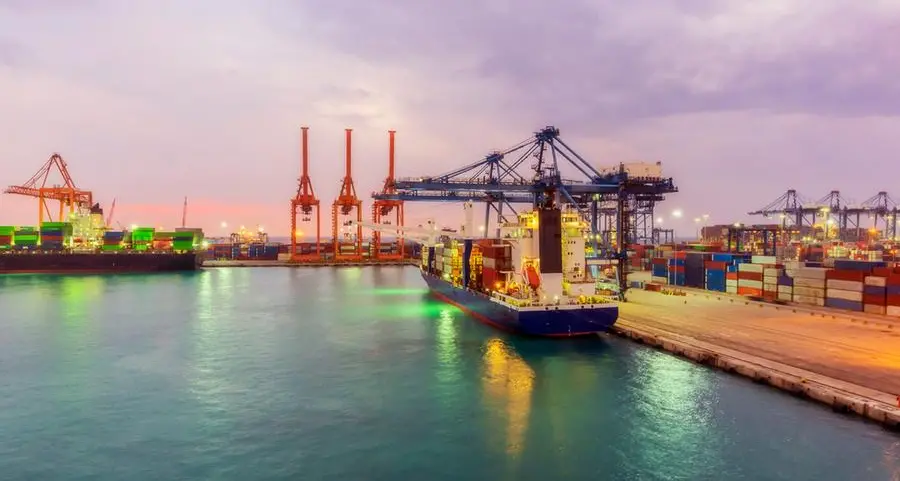PHOTO
The inauguration ceremony, which included the launch of freight operations, took place at the main centre for control and maintenance, located in the Al Fayah region, Abu Dhabi, according to a statement by the Government of Dubai Media Office.
The inauguration was attended by members of the UAE’s leadership, as well as senior government officials.
It marks the completion of Stage 2 of the project, launched in early 2020. Stage One has been fully operational since January 2016.
The 900-kilometre main railway links the seven emirates of the UAE, extending from Ghuweifat on the Saudi border to Fujairah on the east coast.
Project highlights, according to the official statement, are as follows:
- 11 contractors, 25 consultants, and 28,000 specialists worked on the project.
- Contracts were awarded to 215 local companies and entities.
- 70 percent of the construction materials were produced locally.
- The engineering plan included the construction of 593 bridges and crossings and nine tunnels with a total length of 6.5 kilometres
- Excavation totalled 120 million cubic metres
- The project took 133 million working hours to complete.
- The freight operations of the national railway involve a fleet of 38 locomotives and more than 1,000 wagons, transporting 60 million tonnes of goods annually.
- The freight trains will run up to speeds of 120 kilometres/hour, connecting 4 major ports and 7 logistics centres across the country, namely Ruwais, Industrial City of Abu Dhabi (ICAD), Khalifa Port, Dubai Industrial City, Jebel Ali Port, Al Ghail and Fujairah Port.
- The national rail network will have an estimated economic impact of 200 billion UAE dirhams ($55 billion) by 2050. It will save an estimated AED8 billion ($2.2 billion) in road maintenance costs and generate AED23 billion ($6.3 billion) in tourism benefits.
- The project contributes to achieving UAE Net Zero by 2050 by reducing carbon emissions in the road transport sector by 21 percent and reducing road transport emissions per capita by 40 percent by 2050.
- It has also contributed to the Emiratisation agenda with Emiratis occupying a number of technical positions at Etihad Rail, including the roles of train captain, traffic controller, train inspector in addition to other specialisations.
What’s next for Etihad Rail?
The freight railway launch completes the first of the three projects announced under the AED 50 billion ($14 billion) UAE Railway Programme announced in December 2021.
The second project is the Rail Passenger Services, aiming to connect 11 cities with the UAE from Al Sila to Fujairah. In June 2022, Etihad Rail and Spain’s CAF had signed a $327 million deal for passenger trains.
The third project is the Integrated Transportation Service, which also includes the development of a light rail network connected to the passenger railway to facilitate transportation inside UAE cities.
Another project making progress is the Oman-UAE railway network. In September 2022, Etihad Rail signed an agreement with Oman Rail to establish an equally-owned joint venture to design, develop and operate a $3 billion railway network connecting Sohar Port to the UAE’s rail network.
Last week, Oman-Etihad Rail Company, the joint venture developer and operator of the proposed UAE-Oman Rail Network, signed a significant partnership agreement with Abu Dhabi's Mubadala Investment Company to support the development of the 303-kilometre railway network.
Read more:
Etihad Rail signs financing agreement for passenger transport services with First Abu Dhabi Bank
(Writing by SA Kader; Editing by Anoop Menon)
(anoop.menon@lseg.com)
